If you haven’t already subscribed to this blog, now is a great time to do so, especially if you want to be more productive in 2009! Follow this link to subscribe in your favorite RSS reader.
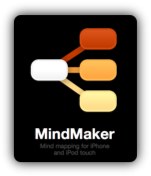
Being an avid Mind Mapper, I was excited to see the release of MindMaker, the first Mind Mapping application on the iTunes store for the iPhone and iPod Touch.
I have been using the app for a couple of days and thought I would post a little review of my findings of the app. I am quite experienced in using Mind Mapping applications having used them for around 8 years. My current favorite is Mind Manager from MindJet which works like a dream on my Mac. Mind Mapping works for me and has helped me pass many exams and helps me plan important events.
MindMaker initially presents you with a list of Mind Maps that you have created on the device. When you first install it there is a demo map that helpfully shows you some of the features of MindMaker.
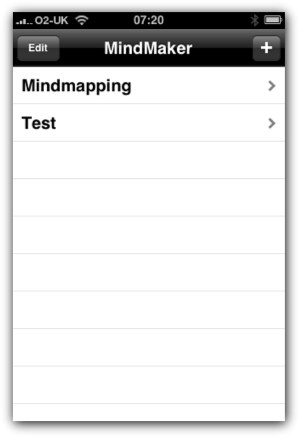
Clicking on an existing Map name will take you straight to that Map in the map view mode. Clicking on the + icon at the top right of the screen starts a new Mind Map with a blank center map piece.
Once you get to a Mind Map the navigation is very simple and exactly what you would expect if you have experience of other Mind Map applications. Adding branches to your map is very intuitive making large maps very easy to produce. The ability to drag branches is nice and the animation of the branches moving is very slick and smooth.
So, what are my thoughts about the app. Well, it is a great concept but I have questions as to how much I would use such an app on my iPhone. I personally use Mind Maps for project planning as well as to brainstorm an idea or technology. I then use them as memory joggers when I need to refresh my knowledge on a subject. The killer for me is to be able to view Mind Maps on my iPhone rather than create them. I am more than happy to create the Mind Map on my Mac and then save it as a PDF and view it on my iPhone using the AirSharing app or similar. This works for me.
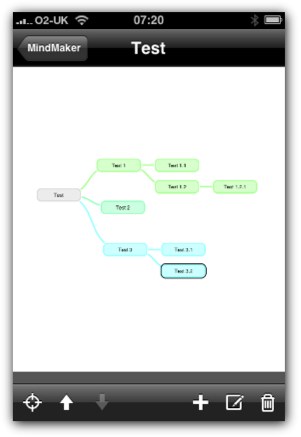
Note taking on my iPhone and idea collection is covered off pretty much with OmniFocus and Evernote. I cannot see myself using MindMaker to replace either of these functions.
Version 1.0 is lacking some very important features such as the ability to view the map in landscape mode and the ability to export and import maps. Luckily, the developers of the application seem to have covered these shortfalls in their roadmap.
The current version is 1.0. The developer has announced some features that are coming in later versions.
Version 1.1
- Mind maps can be saved as images
- Support for Landscape mode
- Translucent hideable interface
Version 1.2
- MindMaker will be able to upload mind maps to a web application from which users can download it in different formats.
Future features
- Cross links between nodes
- Reordering of nodes
- Editable colors
- Export to different formats
In summary, MindMaker is a great little iPhone app but I do feel that it is an app that has limited usability due to the input constraints of the iPhone.
I will update my iPhone with the latest versions as they come out and I will ensure that I follow this review up when the updates come out.
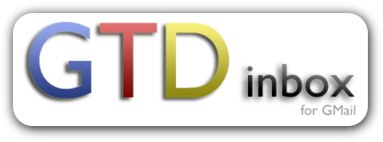
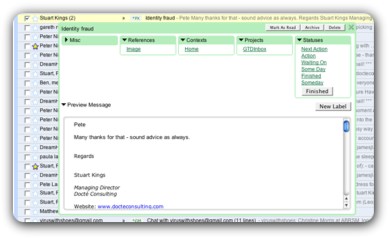
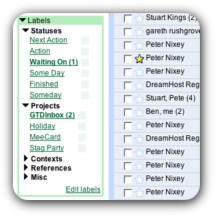


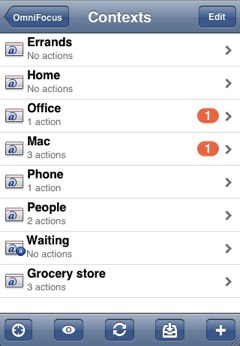 I have just been reading a great post over at
I have just been reading a great post over at 